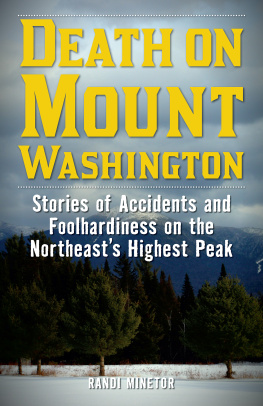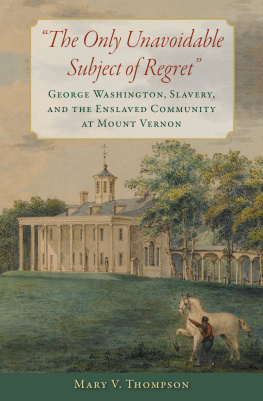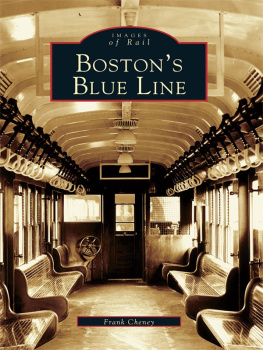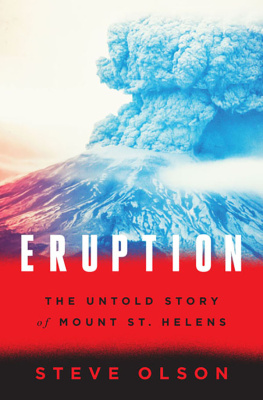
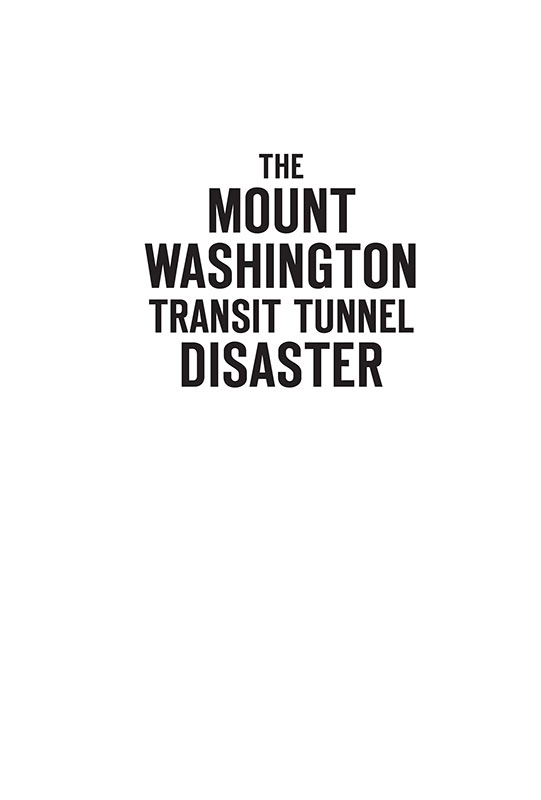

Published by The History Press
Charleston, SC
www.historypress.com
Copyright 2021 by Mary Jane Kuffner Hirt, PhD
All rights reserved
First published 2021
e-book edition 2021
ISBN 978.1.43967.265.5
Library of Congress Control Number: 2021934134
print edition ISBN 978.1.46714.271.7
Notice : The information in this book is true and complete to the best of our knowledge. It is offered without guarantee on the part of the author or The History Press. The author and The History Press disclaim all liability in connection with the use of this book.
All rights reserved. No part of this book may be reproduced or transmitted in any form whatsoever without prior written permission from the publisher except in the case of brief quotations embodied in critical articles and reviews.
To everyone over the years who found the Knoxville #4236 trolley accident story compelling and encouraged me to pursue this project.
My sincere thanks to all.
CONTENTS
PREFACE
This story about the December 24, 1917 Mount Washington Transit Tunnel disaster grew out of an effort to solve a family mystery. About a dozen years ago, my mother told me that my Grandpa Kuffners cousin had died in a trolley accident in Pittsburgh. Although she thought it happened in the early 1900s, she didnt know the cousins name, gender or age. After several visits to Carnegie Library to read newspaper microfilms, I concluded that in the early 1900s, incidents involving streetcars, horses and wagons, pedestrians and/or motor vehicles causing death or injury were quite common. I also decided it was unlikely that I would ever determine who the cousin was or learn anything about the accident. That all changed, though, a few years later when my mother found a critical clue in the Pittsburgh Post-Gazettes almanac for December 24, 2011:
1917 Twenty people were killed in a Mount Washington streetcar accident in one of Pittsburghs worst transit tragedies.
Early on December 26, 2011, I went back to Carnegie Library to read newspaper microfilms. The first local news accounts of the accident were horrific. More than 120 passengers crowded onto the trolley at the south end of the tunnel; 18 died immediately when the car overturned as it exited the North Portal of the Mount Washington Tunnel at West Carson and Smithfield Streets. The loss and its aftermath would over shadow the city and its neighboring communities for months, if not years.

Reprint from Pittsburgh Post-Gazette, December 31, 2017.
After reading through the list of dead and injured, I searched for obituaries to see whether Grandpas cousin was one of the twenty-three who ultimately died. The first name on the list published by the Pittsburgh Post, Mrs. Leo Czerny, was my grandpas cousin. Her obituary gave her maiden name as Kuffner. Aurelia Kuffner Czerny, age forty-five, the mother of seven children, lived at 438 Althea Street in Beltzhoover. Leopold Czerny, age forty-eight, her husband, was also seriously injured in the accident.
Little did I know, until finding Leopold Czernys citizenship petition, that Irene Czerny Walenta, a woman my family had visited decades before, was one of Aurelias seven children. The Czerny family had immigrated to Pittsburgh from Austria-Hungary in the fall of 1909 and became naturalized American citizens in September 1915.
Finding the almanac entry turned from accidental to serendipitous when I later discovered that in the fourteen years the Pittsburgh Post-Gazette had published an almanac on December 24, the papers first mention of the Mount Washington Tunnel accident appeared on December 24, 2011.
My intent in writing this book was to establish a cohesive historical record of what was described by local newspapers as the most gruesome tragedy that Pittsburgh ever witnessed by drawing together pieces of the story from contemporaneous local news accounts, existing public records and library materials. To the extent possible, original documents and records have been used to verify events, dates, names and places.
Over the last eight years, this story has evolved like a set of reverse nesting dolls. The smallest container, finding Grandpas cousin, led to questions about the accident in general. The extent of death and serious injury to passengers and bystanders encouraged learning more about the victims. The immediate and angry community response after the accident prompted inquiry into local and state accident investigations and subsequent criminal and civil proceedings. The absence of formal public action against the Pittsburgh Railways Co. led to a look at the companys formation, its impact on public transportation and ultimately those who lived and worked in southwestern Pennsylvania.
Documented narratives create an accessible memory of a collective historical event. They allow us to weave the parts of a story together not only to tell what happened but also to build context and understanding about time and place. Our Kuffner family story grew from a search to find one person to a broader inquiry as the enormity of the individual victim stories emerged and news concerning the accidents aftermath unfolded. My interest in writing this story for a wider audience grew after the PittsburghPost-Gazette published my The Next Page article to commemorate the 100th anniversary of the Mount Washington Tunnel accident in December 2017 and readers contacted me to share their family connections to this story. I believe there are many more people with similar associations, and this book might link them to their part of a significant collective historical experience.
The introduction begins the story by providing context about life in Pittsburgh in 1917 and forms the setting for the accident.
Mary Jane Kuffner Hirt
April 2021
ACKNOWLEDGEMENTS
Over the past nine years, my efforts to gather essential and relevant materials from archives and libraries in western Pennsylvania, Harrisburg, Philadelphia and St. Louis to effectively tell the story of the Mount Washington Tunnel accident have been well rewarded. Each interaction with a librarian or archivist became an opportunity to explore available resources, collect useful information and share the story. At no time did my requests for records or documents go unanswered or unfulfilled. The level of cooperation has been truly exceptional and genuinely appreciated. Their collective contributions reflect how this story evolved.
On December 26, 2011, I read newspaper microfilms at Carnegie Library in Oakland. By the end of the afternoon, I had solved the family mystery. During many return trips to the library, Amy Welch, Marilyn Holt and Gil Pietrzak, librarians in the Pennsylvania Department, have helped me fill in many details by helping to find books, photos or other materials. The Pennsylvania Department has been and will always be one of my favorite places to research!
The University of Pittsburghs Archives and Special Collections offered a treasure-trove of what have become critical resources. Records from the Allegheny County Coroners Office, the Pittsburgh Railways Co., early twentieth-century Hopkins maps and photos were made readily available by David Grinnell, the coordinator of Archives and Manuscripts, and library associate Laura Brooks. Their ongoing interest and enthusiasm made my visits to the archives service center pleasant and productive.
Next page



